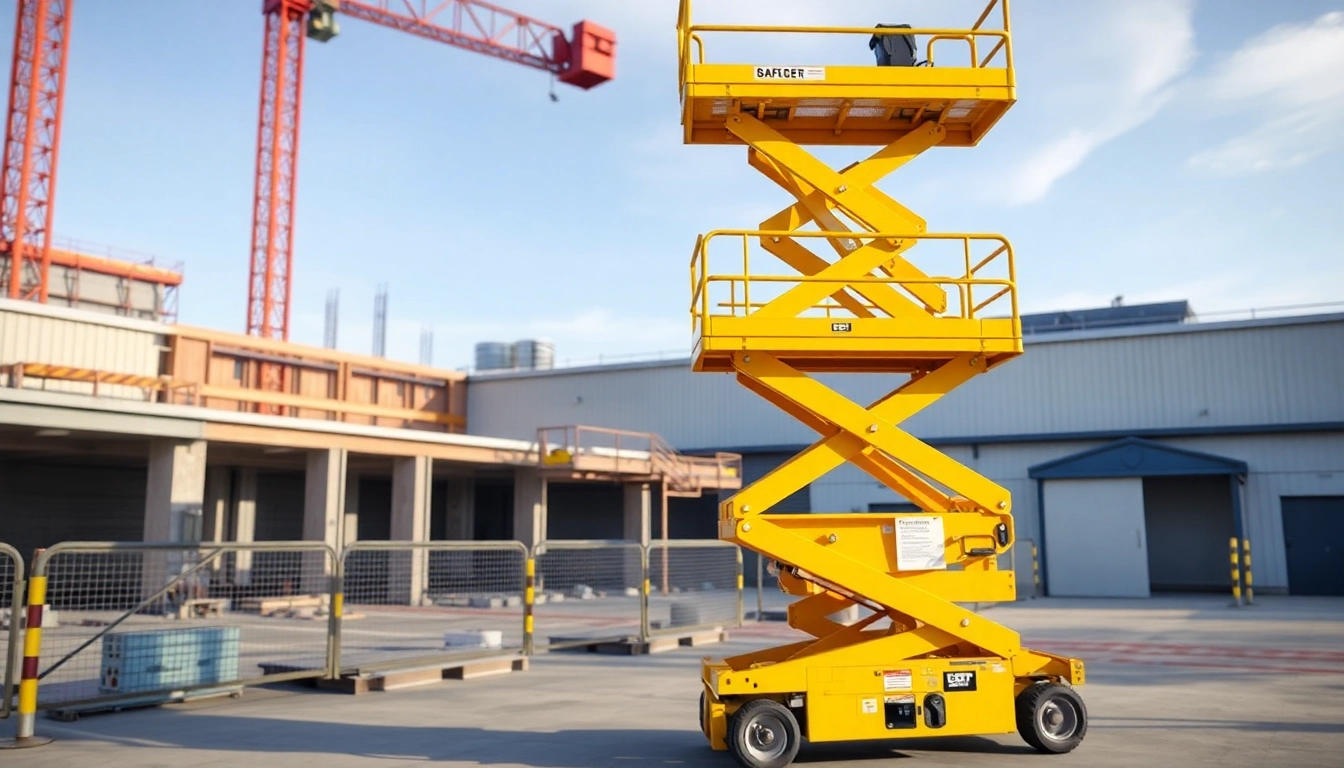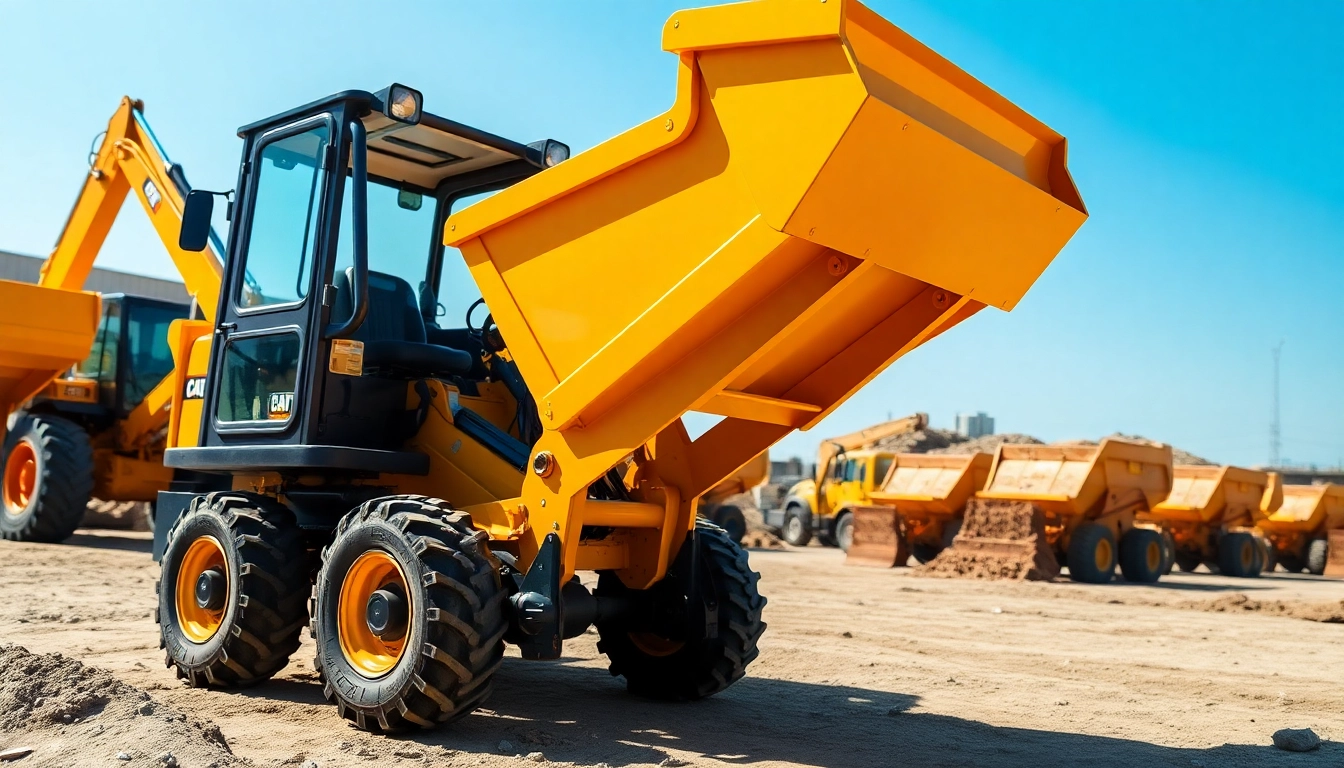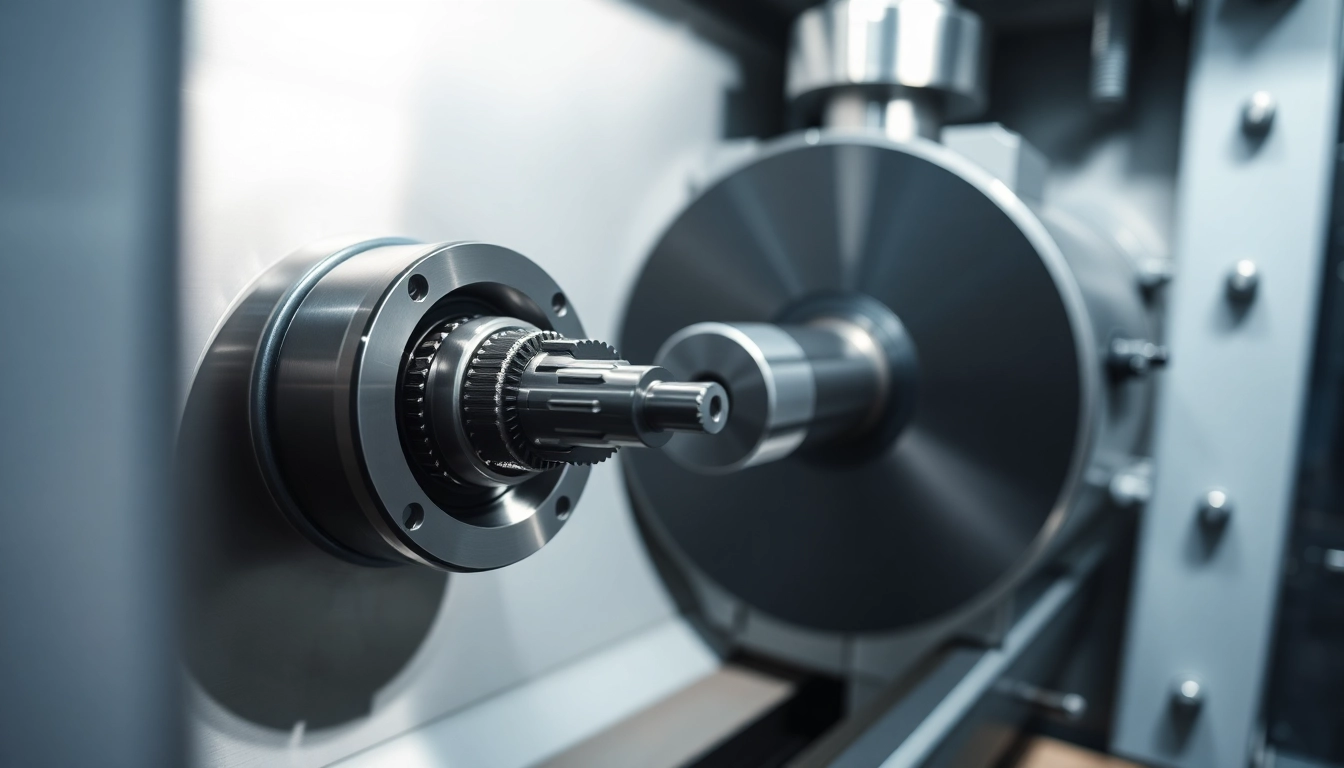Comprehensive Guide to Scissor Lift Rental: Ensuring Safety, Efficiency, and Cost-Effectiveness for UK Projects
When undertaking construction, maintenance, or installation projects across the UK, access equipment becomes an essential tool for ensuring safety and productivity at elevated heights. Among various options, scissor lift rental stands out as a reliable and versatile solution, combining safety, ease of use, and adaptability to different site conditions. This in-depth guide explores the critical aspects of scissor lift rental, helping contractors, site managers, and DIY enthusiasts make informed decisions that maximize project success while adhering to safety regulations.
Understanding the Different Types of Scissor Lifts for Rental
Electric vs. Diesel Scissor Lifts: Which Is Right for Your Project?
Choosing the right type of scissor lift depends on site conditions, environmental considerations, and operational needs. Electric scissor lifts are predominantly used indoors or in enclosed spaces. They produce no emissions, operate quietly, and are easier to maneuver in tight spaces, making them ideal for indoor maintenance, warehouse work, or projects in sensitive environments.
In contrast, diesel-powered scissor lifts are better suited for outdoor use, especially on rough terrain. They are typically more robust, with increased lifting capacity and stability on uneven surfaces. Diesel models excel on construction sites, outdoor infrastructure projects, or any application requiring extended operation outside controlled environments.
Expert Tip: For mixed-use projects that involve both indoor and outdoor work, consider renting both electric and diesel models to optimize productivity and safety.
Rough Terrain vs. Indoor Scissor Lifts: Key Features and Uses
Rough terrain scissor lifts are designed with features such as four-wheel drive, heavy-duty tires, and reinforced chassis, allowing for operation on uneven, gravelly, or grassy surfaces. These are indispensable for outdoor construction, landscaping, and facilities maintenance on challenging ground.
Indoor scissor lifts, however, prioritize compactness, agility, and low noise levels. They often have zero-emission electric motors, narrow widths for confined spaces, and smooth control for precise positioning.
Implementation Tip: Evaluate your site’s landscape and spatial constraints thoroughly to select the appropriate model, preventing delays or safety hazards caused by unsuitable equipment.
Choosing the Best Size and Height for Your Needs
Scissor lifts come in various heights, from compact models with a few meters of reach to large platforms exceeding 20 meters in height. The decision hinges on the maximum work height, safe operating range, and specific task requirements.
For instance, a typical 6-meter electric lift is perfect for indoor ceiling work or low-rise tasks. Larger models, such as 12-meter or 14-meter diesel lifts, serve for exterior building facades, erecting signage, or working on high industrial ceilings.
Key Consideration: Always select a lift with an additional safety margin—generally 1-2 meters above the maximum task height—to account for operator movement and unforeseen obstacles.
How to Effectively Plan Your Scissor Lift Rental
Assessing Access Requirements and Site Conditions
Pre-project planning involves a comprehensive assessment of site-specific challenges. Measure floor load capacities, access points, door widths, and overhead obstructions. Consider environmental factors such as uneven terrain, weather conditions, and proximity to overhead utilities.
Tip: Conduct a site walk with a qualified safety inspector to identify potential hazards and determine the most suitable scissor lift model, or if alternative access equipment is needed.
Budgeting and Cost Considerations for Rental Agreements
Rental costs depend on equipment type, duration, and delivery logistics. Typically, daily, weekly, or monthly rates are available, with longer rentals offering discounts. Additional expenses may include transportation, operator training, and insurance.
Average Daily Cost: Expect rates from £150 to £300 for standard electric lifts and £200 to £400 for larger rough terrain models. Weekly prices might range from £600 to over £2,000, depending on specifications.
Pro Tip: Obtain detailed quotes from multiple providers and factor in hidden costs such as damage waivers or staffing services to avoid budget overruns.
Scheduling and Delivery Logistics for Timely Projects
Effective scheduling ensures equipment availability aligns with project timelines. Reserve your scissor lift well in advance, especially during peak seasons. Confirm delivery and pickup windows, and coordinate site access and unloading procedures.
Advanced Planning: Establish clear communication channels with rental providers, and consider backup options to mitigate unforeseen delays, ensuring continuous workflow.
Best Practices for Safe Operation and Maintenance
Operator Training and Safety Protocols
In the UK, strict safety standards govern elevated work platforms. Operators must be properly trained, familiar with operational controls, emergency descent procedures, and safe load limits. Certified courses offered by reputable providers are recommended.
Safety Tip: Always wear appropriate PPE (Personal Protective Equipment), including helmets and harnesses when necessary, and perform pre-use inspections.
Inspection and Routine Maintenance Tips
Daily inspections should cover tire condition, guardrails, hydraulic leaks, and control responsiveness. Routine maintenance includes lubrication, battery checks, and cleaning. Document all inspections and repairs as part of compliance requirements.
Maintenance Best Practice: Establish a service schedule aligned with manufacturer guidelines, and retain logs for audit readiness.
Compliance with UK Safety Regulations for Elevated Work
The UK’s Health and Safety Executive (HSE) enforces regulations requiring risk assessments, PPE, and operator competence. Ensure rental equipment complies with BS EN 280 standards, and keep accurate records of training and maintenance activities.
Legal Insight: Non-compliance can lead to fines, project delays, or serious accidents. Regular audits and updates to safety procedures are essential.
Maximizing Efficiency with Your Scissor Lift Rental
Implementing Proper Usage to Extend Equipment Lifespan
Proper operation reduces wear and tear. Avoid overloading, abrupt movements, or operating on unsuitable surfaces. Use stabilizers and ensure correct positioning before operation.
Efficiency Tip: Limit the number of repositionings and optimize work sequences to minimize downtime and maximize productive hours.
Integrating Scissor Lifts into Your Overall Project Workflow
Coordinate with project managers and team members to integrate the lift smoothly. Schedule lift use during phases that demand height access, and communicate daily plans for maximum utilization.
Workflow Strategy: Use lift tracking and job management software for real-time monitoring, ensuring transparency and accountability across teams.
Monitoring and Measuring Productivity Gains
Track metrics such as hours worked per day, tasks completed, and safety incidents. Analyze trends to identify opportunities for process improvements or equipment upgrades.
Performance Measurement: Comparing pre- and post-rental project data helps justify investment and refine future planning.
Where to Find Reliable Scissor Lift Rental Services in the UK
Top-Rated Rental Providers with Nationwide Coverage
Leading rental providers include firms like Brandon Hire Station, Speedy Hire, Nationwide Platforms, and Horizon Platforms, which offer extensive fleets of electric, diesel, and rough terrain scissor lifts. They provide nationwide delivery, maintenance, and operator support, ensuring project continuity.
Pro Advice: Choose suppliers with ISO certifications, comprehensive safety records, and positive customer reviews for peace of mind.
Questions to Ask When Selecting a Rental Partner
- What types and sizes of lifts are available, and do they meet my project requirements?
- Are delivery, installation, and pickup included?
- What safety and operator support services are provided?
- What is the rental pricing structure, and are there discounts for long-term rentals?
- Are the equipment compliant with UK safety standards?
Additional Equipment and Support Services Available
Many rental companies offer auxiliary services such as operator training, site inspections, maintenance packages, and emergency support. Combining equipment rental with these services can optimize safety and efficiency.
Expert Suggestion: Leverage comprehensive rental packages that include maintenance and training to reduce administrative overhead and ensure compliance.


